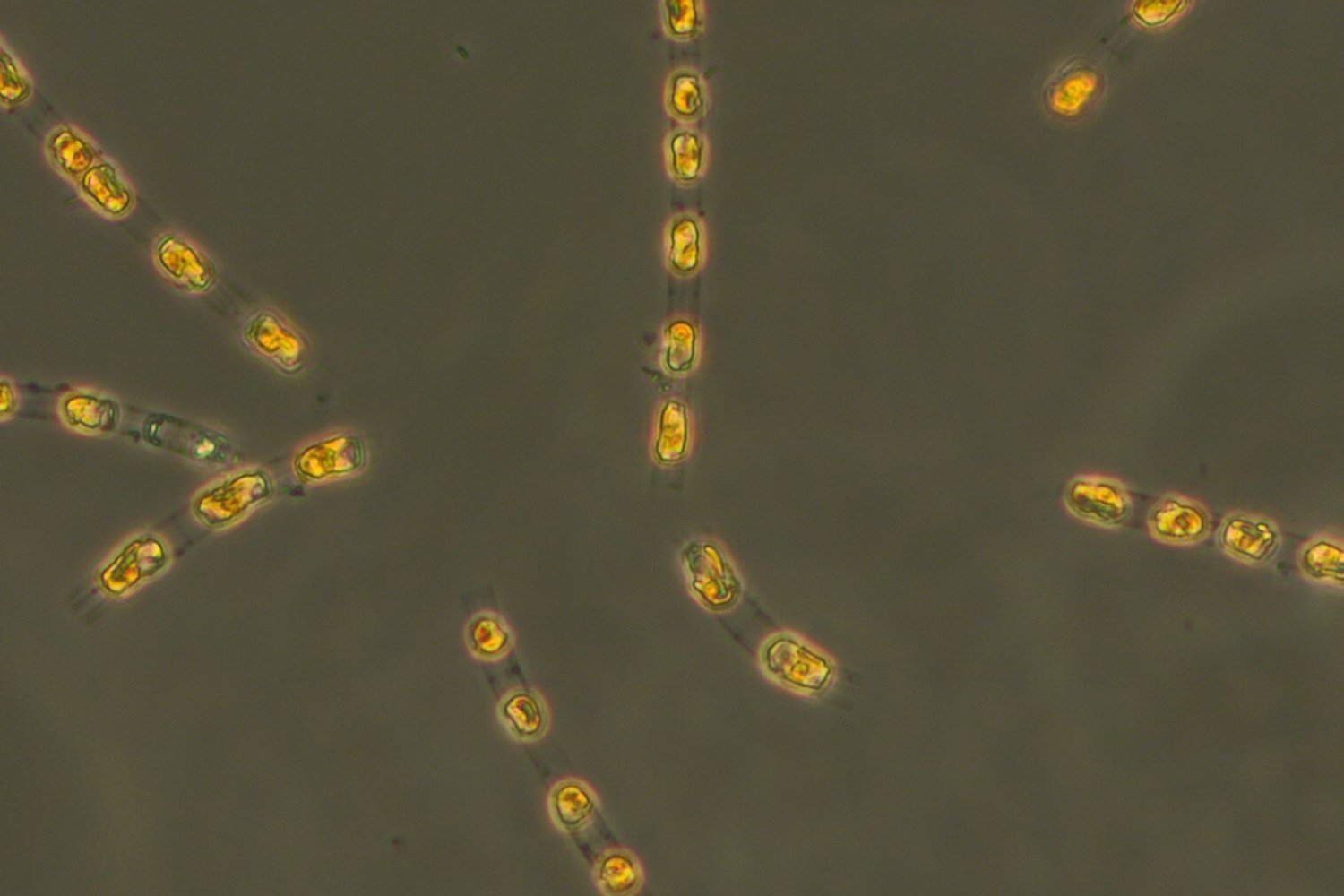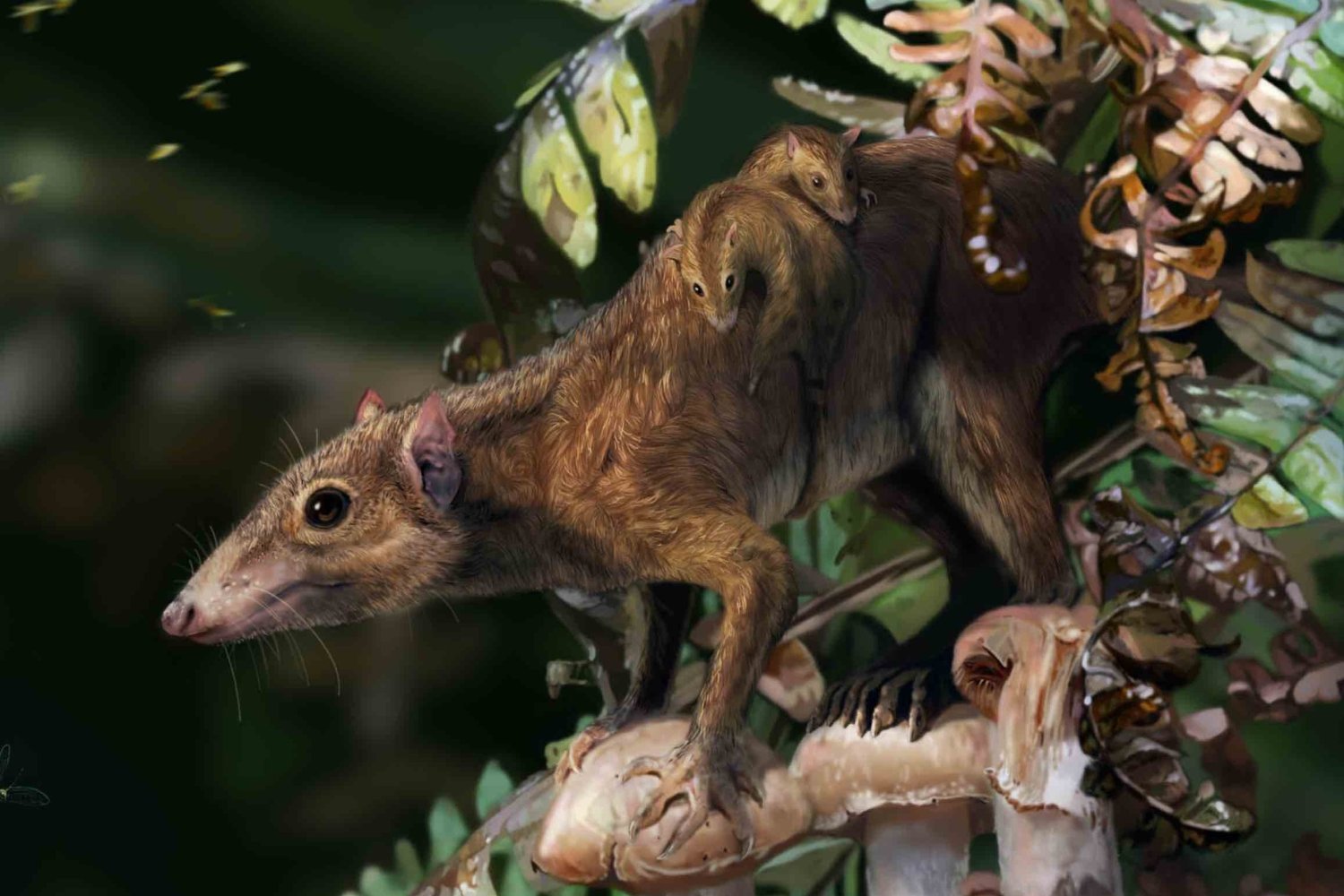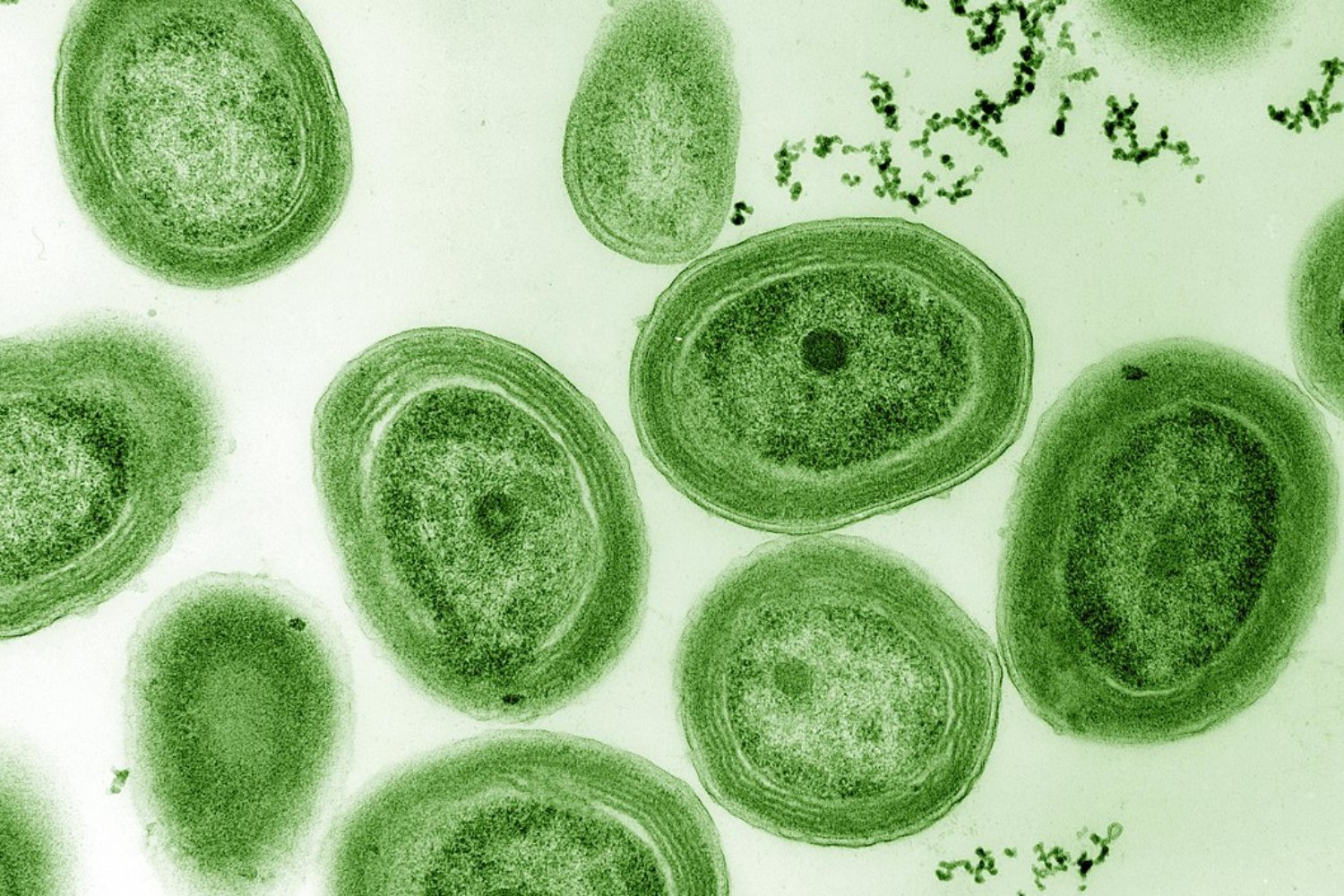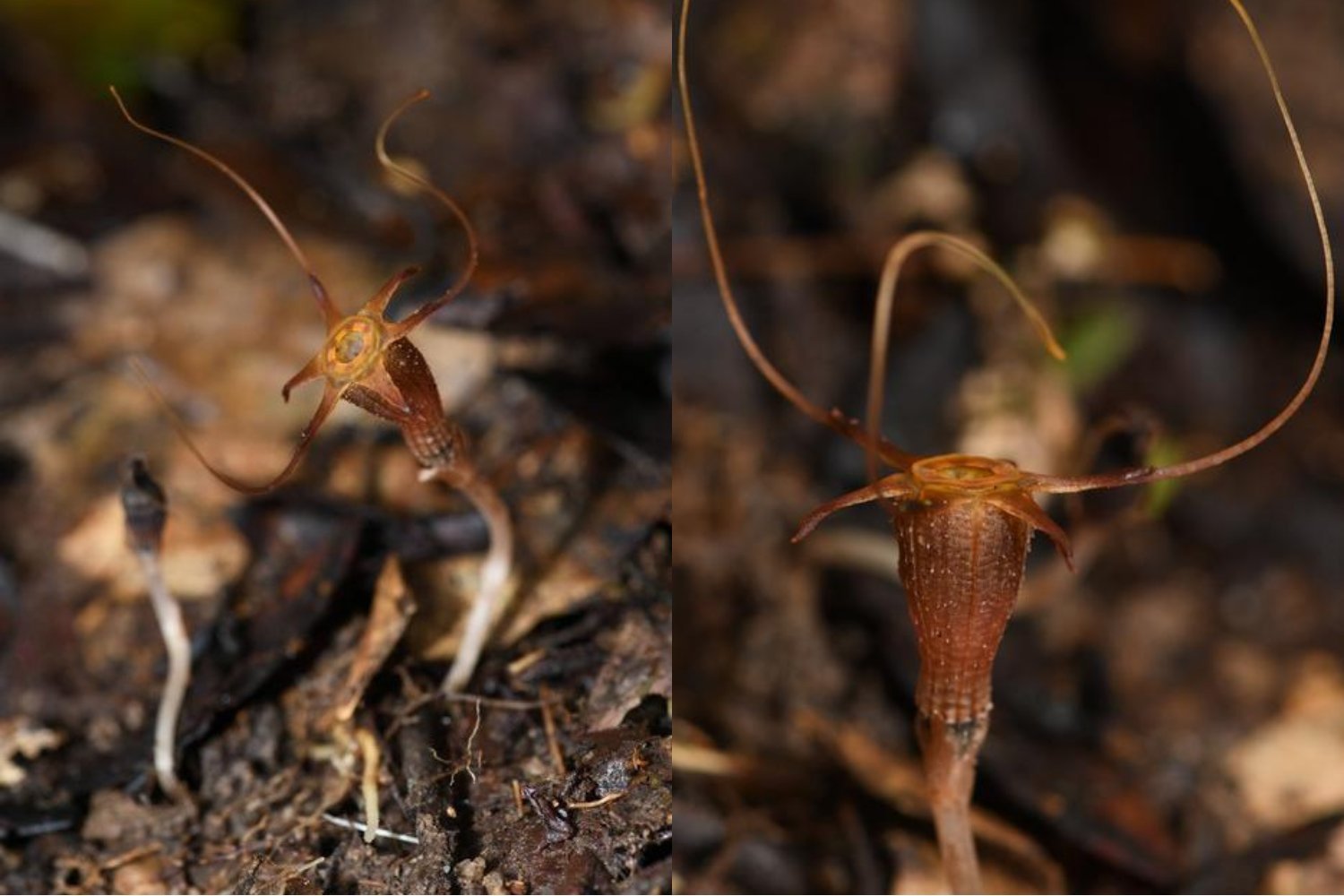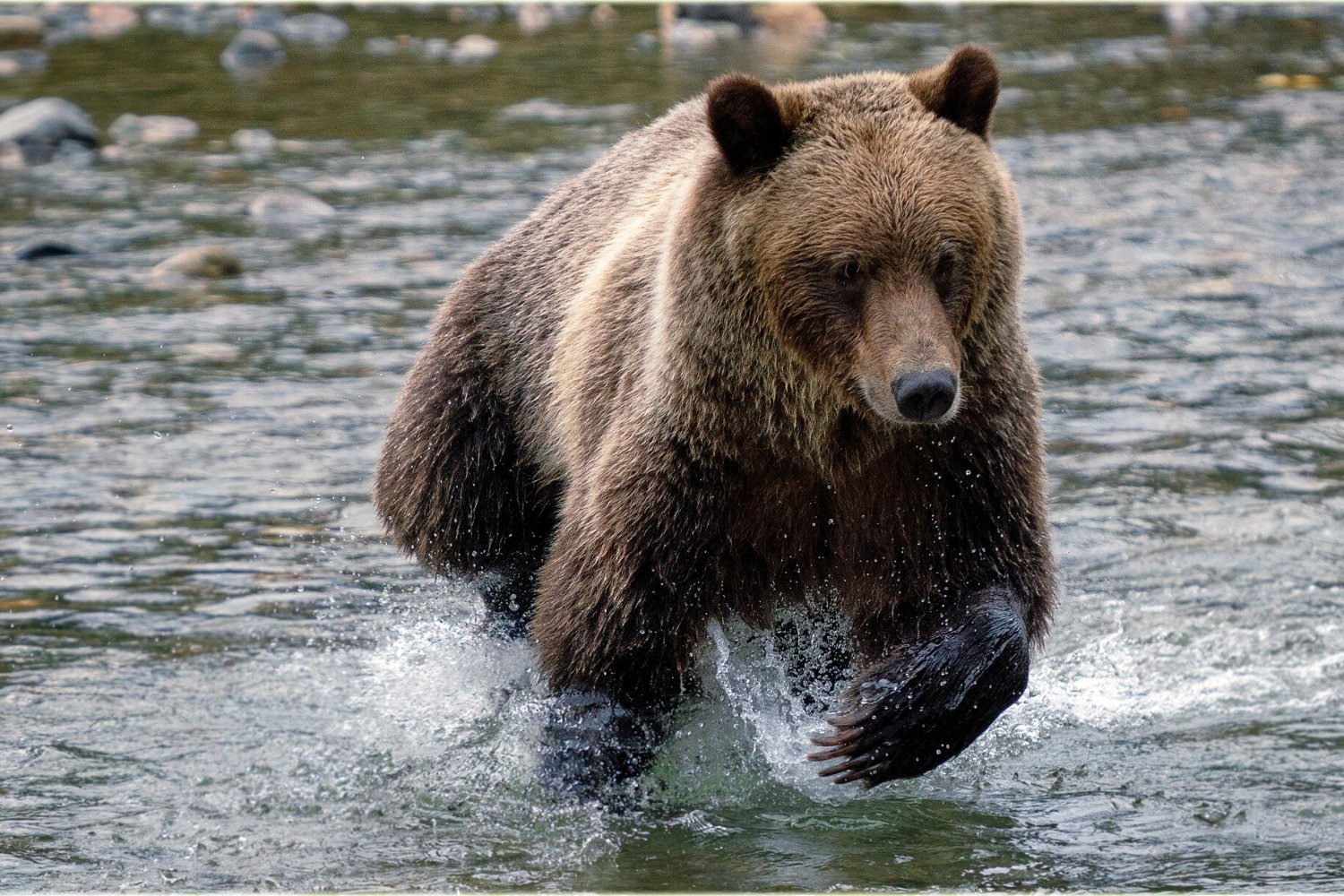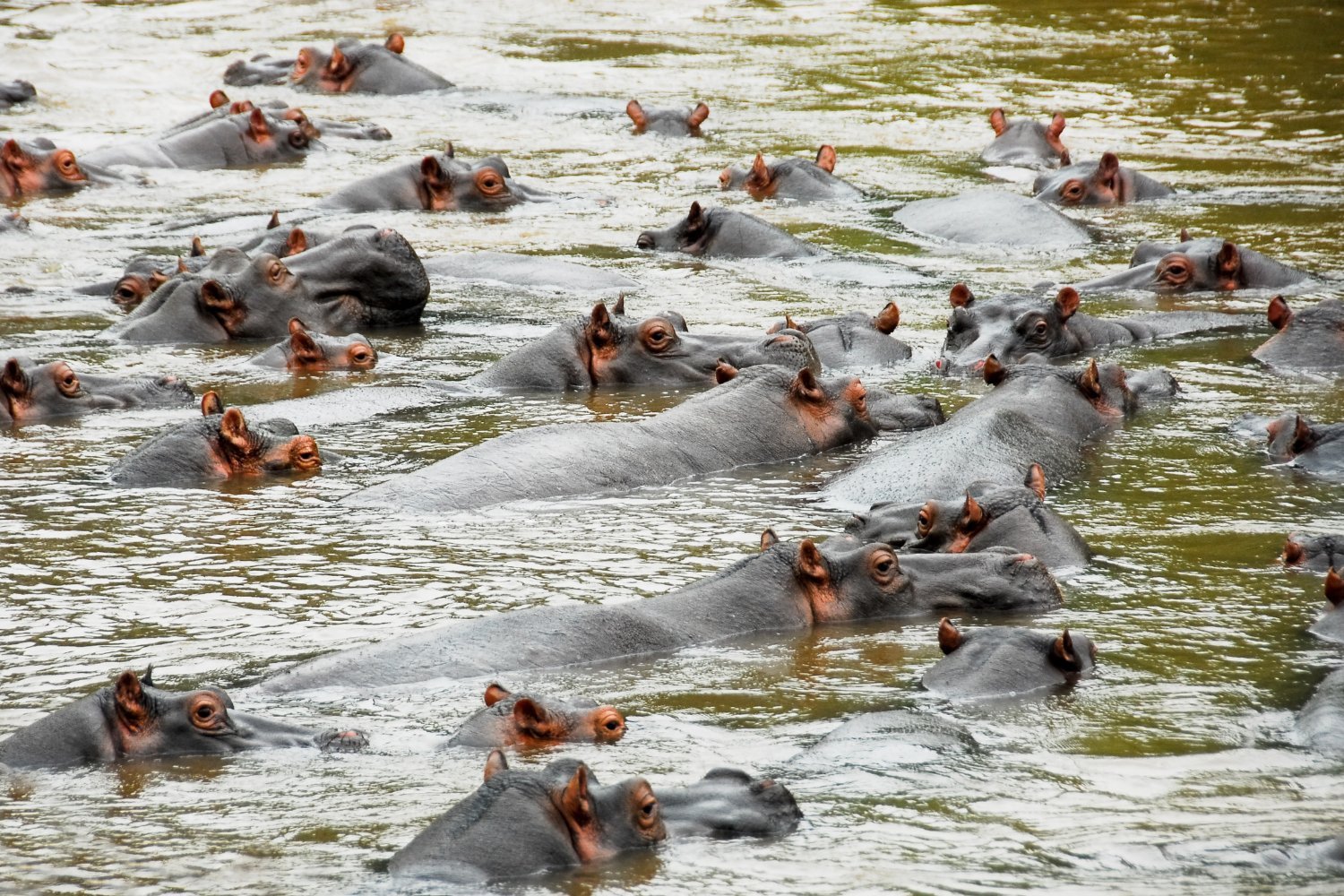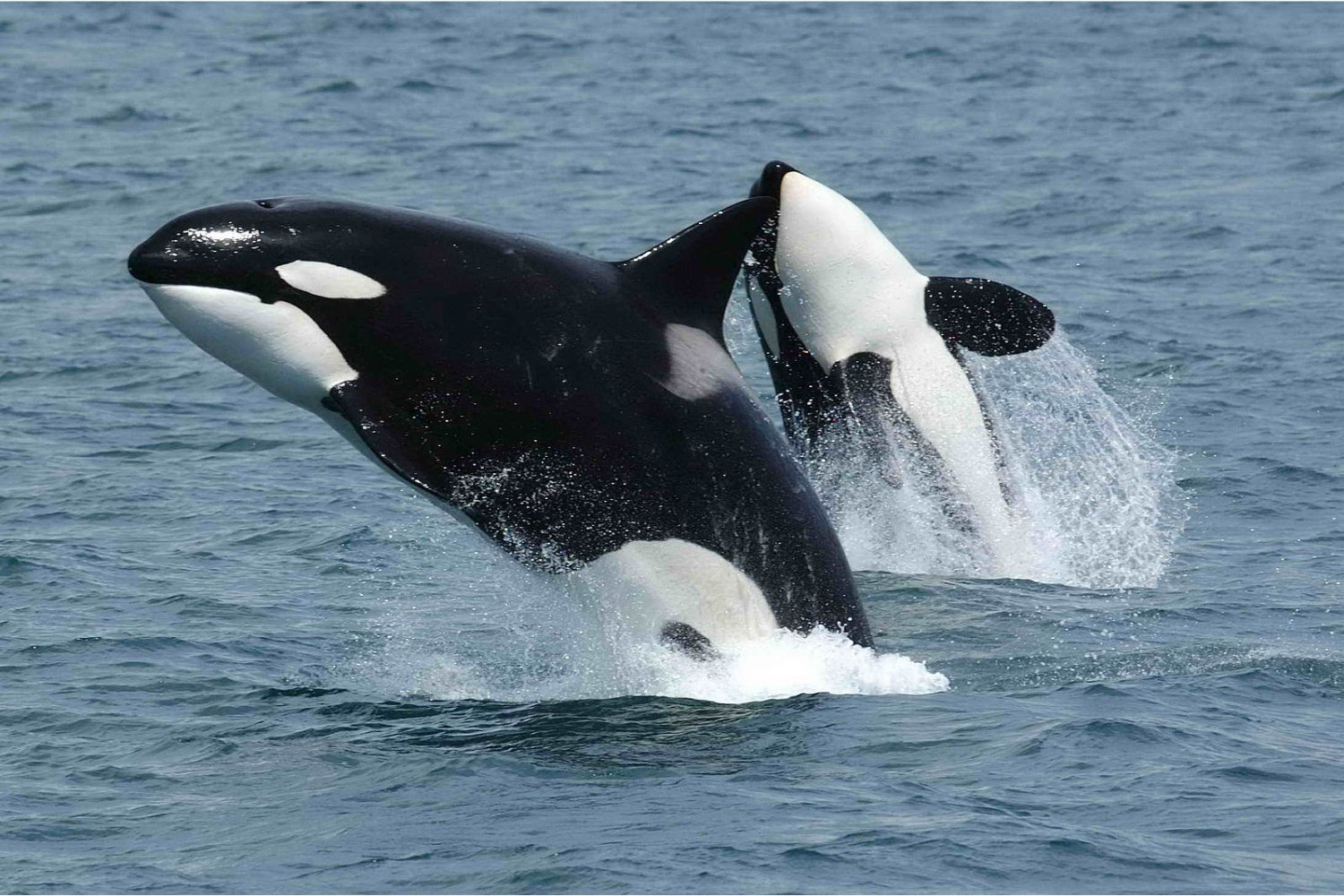Phytoplankton, microscopic algae vital to marine ecosystems, can enter a dormant state to survive harsh conditions. Scientists recently revived 7,000-year-old dormant phytoplankton from the Baltic Sea, providing a unique window into the past. This remarkable feat offers insights into the organism’s resilience and the Baltic Sea’s ecological history.
A study published in The ISME Journal details how an international team of scientists retrieved sediment samples from 240 meters below the Baltic Sea surface. These samples contained dormant phytoplankton, some dating back nearly 7,000 years. The researchers successfully revived algae from nine samples, effectively bringing a snapshot of ancient Baltic Sea ecology back to life.
The revival process focused on Skeletonema marinoi, a common phytoplankton species in the Baltic Sea. Remarkably, this species was revived from every sample, with the oldest specimen dating back approximately 6,871 years. This makes it one of the oldest organisms ever revived from dormancy and the oldest known revived organism from aquatic sediments.
The researchers compared the ancient Skeletonema marinoi to modern counterparts. Astonishingly, the revived specimens performed biological functions like growth, division, and photosynthesis just as effectively as modern Skeletonema marinoi, despite millennia without light or oxygen. This resilience highlights the effectiveness of dormancy as a survival strategy.
Further analysis revealed distinct genetic groupings within the Skeletonema marinoi species across different time periods. This suggests genetic evolution within the Baltic Sea’s Skeletonema marinoi population over thousands of years. The sediment samples themselves also hold clues to past environmental conditions, such as oxygen levels, salinity, and temperature.
By combining the genetic data with environmental information from the sediments, scientists hope to understand how Baltic Sea phytoplankton have adapted to environmental changes over time. This “time-jump experiment” opens up exciting possibilities for studying the long-term evolution and adaptation of marine life. Analyzing living cells directly, rather than relying solely on fossils or DNA traces, offers a more dynamic understanding of evolutionary processes.
This groundbreaking research demonstrates the remarkable resilience of life and provides invaluable insights into the past. The revived Skeletonema marinoi offers a glimpse into ancient ecosystems and underscores the importance of studying dormant organisms to understand the history and future of our planet’s biodiversity. This work paves the way for further research into long-term ecological changes and the adaptive strategies of marine organisms.



